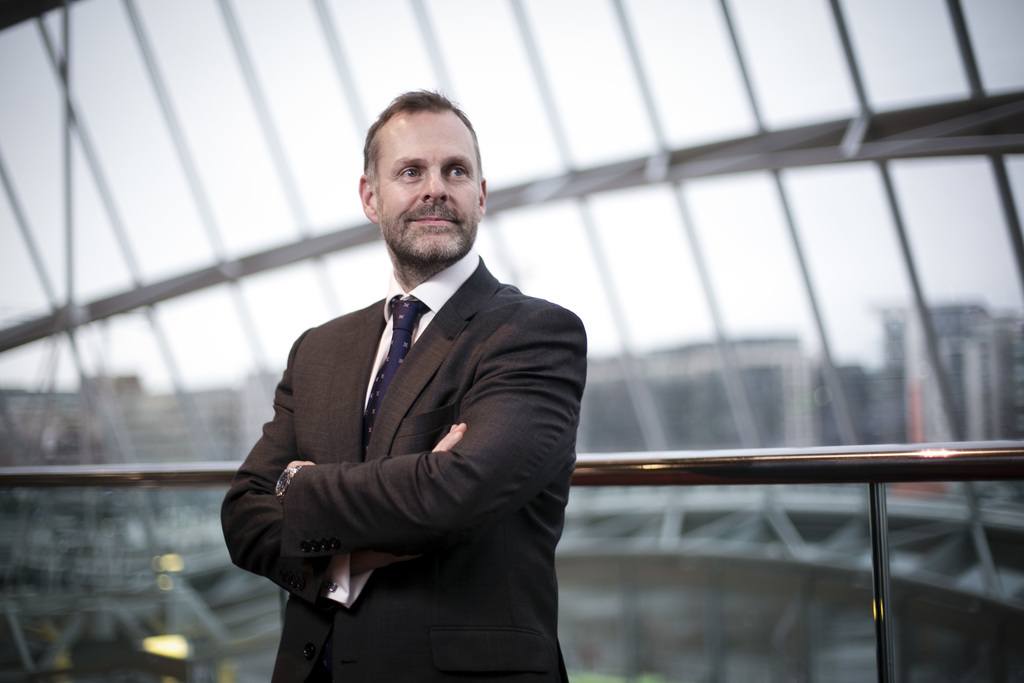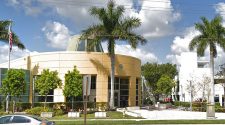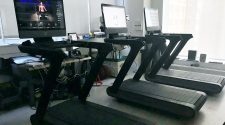Dell Technologies and Institute for the Future research shows how Ireland can capitalise on new technology to prepare the future workforce.
Global multinational Dell Technologies and the Institute for the Future asked 4,600 business leaders around the world to forecast how the future workforce will change. The results, published in a report launched last week, outline how Ireland can best position the future generation of workers for the careers and challenges of 2030.
The report comes at a significant time given the development of the new National Digital Strategy and the imminent announcement of 2019’s Leaving Certificate results and CAO offers. We spoke to Dell’s newly appointed general manager for Ireland, Mark Hopkins, about their key findings.
Hopkins has been studying and working in the industry for a total of 28 years and believes that Ireland should step towards the future embracing technology.
Emerging technologies
Sitting at sixth place in the EU digital economy and society index, Ireland has spent many years punching above its weight in cultivating both domestic and foreign investment. Yet Hopkins sees a critical gap. Falling back to 23rd in the EU for digital skills, it looks as though we need to bridge the divide between our economic growth and skillsets.
This is where the National Digital Strategy comes in. Hopkins believes that it will help Ireland-based companies, higher education institutions and government bodies to come together and shape the future workforce.
“The National Digital Strategy is bringing the best of industry, government and academia together to try and make sure that the skillsets are actually produced, and to give people interesting career options and the life skills to develop during them,” said Hopkins.
Complementing that is the published report, which Hopkins hopes will help people make sense of the emerging technologies coming to fruition at a pace he has never before seen in his career.
He stresses that welcoming this change is crucial: “It’s about how teachers bring this technology into their curriculum for the learners and, ultimately, get better results.”
It’s imperative that we support learners with the right infrastructure and materials to bring those skillsets to life.
Dell initiatives
Dell has been investing in just that for both second and third-level students for many years.
With a successful cloud computing degree up and running in Cork Institute of Technology (CIT) and an AI master’s degree in University of Limerick (UL) hoping to produce 300 graduates over the next five years, Hopkins describes the focus the company places on transforming learning through technology.
One great example is their virtual desktop infrastructure (VDI) being trialled in second-level classrooms in Bandon, which Hopkins describes as highly innovative. Teachers’ ease of use and capacity to see how the technology can be applied to their routines is most important here, rather than falling into a time drain worrying about underlying technical components like connectivity.
“We need to be able to evolve that and bring it into more schools,” he said.
Hopkins is also excited about Vex Robotics, a rapidly-expanding example of industry and education collaborating for the better.
Speaking from personal experience, he said: “What has really impressed me with Vex Robotics and the various other initiatives is the standard that students are coming up with. How industry and education are coming together to solve practical problems and the standard of what we’re seeing year on year continues to amaze.”
He invites us to share in that amazement with his story of an Internet of Things (IoT) device created to sit on the edge of Dublin buses and collect data when they’re hit by trees, which is transmitted back to the council. A 15-year-old student was the brain power behind this pragmatic solution.
Here Hopkins emphasises the importance of teachers in fostering supportive environments. As the report shows, through supporting CIT students to embrace Virtual Reality (VR) technology in their learning, teaching staff have gained an extra 40 minutes of classroom instruction a day.
Removing bias and other potential applications
Other key findings of the study include that 67% of business leaders expect to use new technologies to create equal opportunities by removing human bias in decision-making. This is vital in ensuring minimal risk and maximum potential in human-machine interaction and that human bias doesn’t transfer into tech development – a major obstacle for tech companies of the future.
86% of participants also cited their plans to use emerging technologies to improve workforce productivity, and 83% agreed that how they collaborate will be transformed for the better.
Digital skills
54% of business leaders forecast the next generation of workers impacting their workforce through ingrained digital skills. The future workforce will have to cater for merging generations; particularly those who grew up alongside and were educated with digital technology, and those who had to adapt to it later in life.
Hopkins says that incorporating those new skills should lift workforces, as multi-generational teams can nurture challenges and new ways of thinking. However, he stressed the importance of lifelong learning for all workers: “Lifelong learning has to continue. The days of learning something and applying that for 30-40 years have pretty much gone. Those core skillsets like problem solving and collaboration are just as applicable to a secondary school student or a university student as to somebody in their career.”
The study’s findings support this, with 85% of business leaders predicting that people will continually learn new skills in-the-moment as the pace of change keeps accelerating.
To facilitate this, the learning journey must be personalised, says Hopkins. This has already begun to happen in industry and filter down into education based on skills needs. VR and Augmented Reality (AR), conventionally used in gaming, are now being implemented in classrooms.
Disruption
A striking word used to describe members of the future workforce in the report is ‘disruptive’. Disruption has become a popular concept for industry as of late. Though traditionally viewed as a negative term, Hopkins sees it as a positive one that shouldn’t be linked to just one generation.
He said: “I think any generation can contribute to disruption. We’re multi-generational in the workforce now and that’s positive in terms of continuing to challenge and to think about things in a different way. In the programmes we discussed earlier you’re seeing that new way of thinking. But to make sure you’re not creating bias in the workplace, you have to consider how you continue the lifelong learning journey for those that didn’t grow up as a digital native.”
Looking to the future workforce
The future workforce will have to face new challenges and push boundaries, and our education system and workplaces must maximise on the potential of emerging technologies to make that happen. Dell’s study with the Institute for the Future shows that this potential is very real and already materialising.
“How we use each generation coming through should be a welcome challenge, but we also need to take some of the experience and make sure we’re not leaving anybody behind,” said Hopkins.
As Hopkins says, constant evolution in the workforce is a good thing. Embracing that is not without its challenges, but the opportunities are huge if you do it right.















